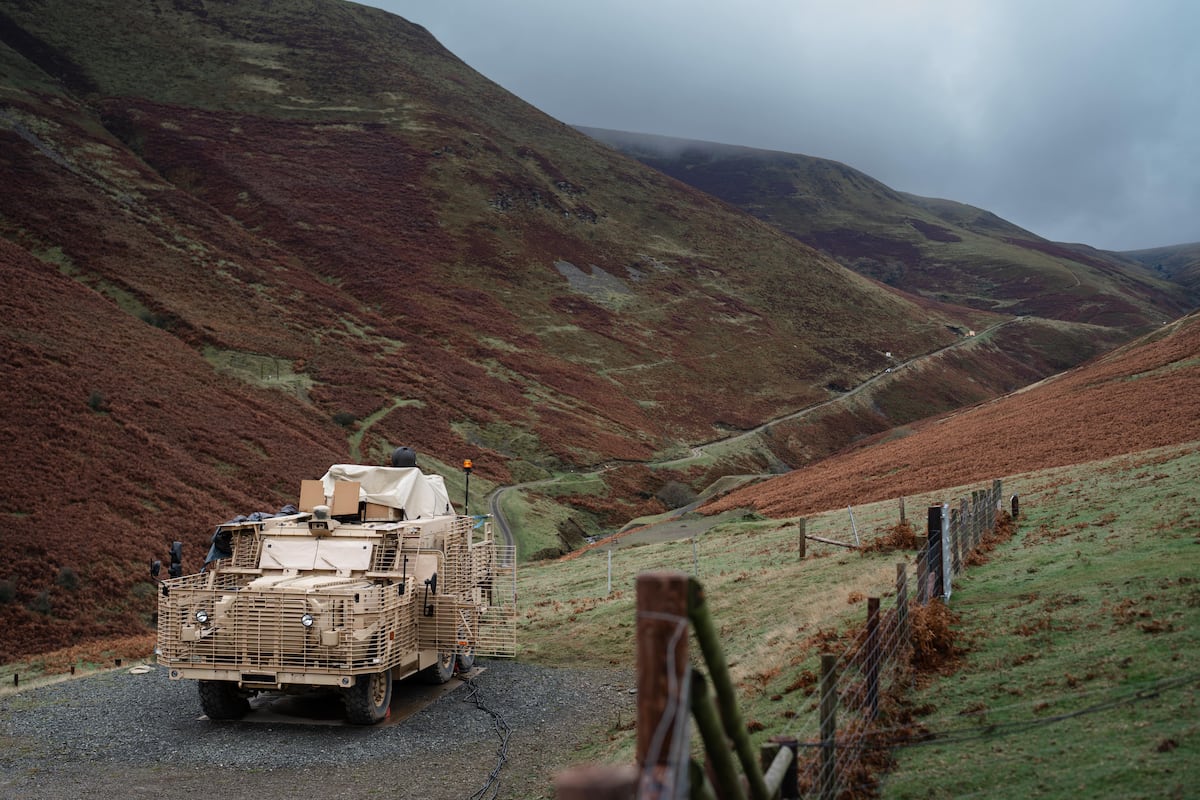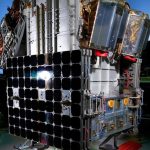In a significant advancement in military capabilities, British Army troops have successfully employed a high-energy laser system mounted on an armored vehicle to neutralize a multitude of flying drones, marking the first instance of such technology in active use. This operation, conducted by the U.K.’s 16th Regiment Royal Artillery, specifically designed for ground troop air defense, demonstrated the laser’s effectiveness by destroying drones at varying distances and speeds, according to a recent statement from the Ministry of Defence (MoD).
As the conflict in Ukraine highlights the increasing prevalence and potential threat posed by drones, Western militaries, including the U.S. and France, are rapidly developing countermeasures against unmanned aerial vehicles (UAVs). In September, the U.S. Army tested laser-mounted Stryker combat vehicles, while France showcased a laser prototype during the Paris Olympic Games aimed at countering drone threats.
Stephen Waller, the directed-energy weapons team leader with the MoD’s Defence Equipment & Support organization, emphasized the need for cost-effective solutions to safeguard troops amidst a changing battlefield landscape. The rising utilization of drones by Ukrainian forces, employing thousands weekly for reconnaissance and armed operations, exacerbates the urgency for effective countermeasures.
The MoD’s laser weapon is touted as having a “virtually limitless” ammunition supply, offering a potentially more economical solution compared to traditional weaponry. At the recent Eurosatory defense exhibition in Paris, various counter-drone technologies were showcased, from airburst munitions to net-firing systems, jammers, and spoofers.
The laser system operated by the British Army employs advanced sensors and tracking capabilities to maintain engagement with moving targets. Its operational ease and full portability are critical advantages, as demonstrated during tests at the Porton Down range, where the laser successfully engaged drones at distances exceeding 1 kilometer.
The trials conducted at the Radnor Range in central Wales were particularly successful, with soldiers managing to shoot down numerous quadcopter drones efficiently. Warrant Officer Matthew Anderson noted the remarkable speed and efficacy with which each drone was eliminated, underscoring the potential of this technology in enhancing the operational superiority of U.K. forces.
The MoD is currently evaluating the next steps needed to integrate laser weapons into the British Army’s frontline capabilities. This specific laser development is a part of a £16.8 million (approximately $21.4 million) contract with Raytheon UK, aimed at bolstering the military’s air defense systems.
Additionally, the British Army is exploring other laser technologies, having previously conducted trials with the DragonFire laser weapon, which was also tested against aerial targets earlier this year. This system is under development within a broader £100 million program involving industry partners MBDA, Leonardo, and QinetiQ, showcasing the UK’s commitment to advancing its defense technologies.
As militaries worldwide adapt to the reality of battling drones, these developments could redefine air defense strategies, offering innovative solutions to protect ground forces in dynamic combat environments.













